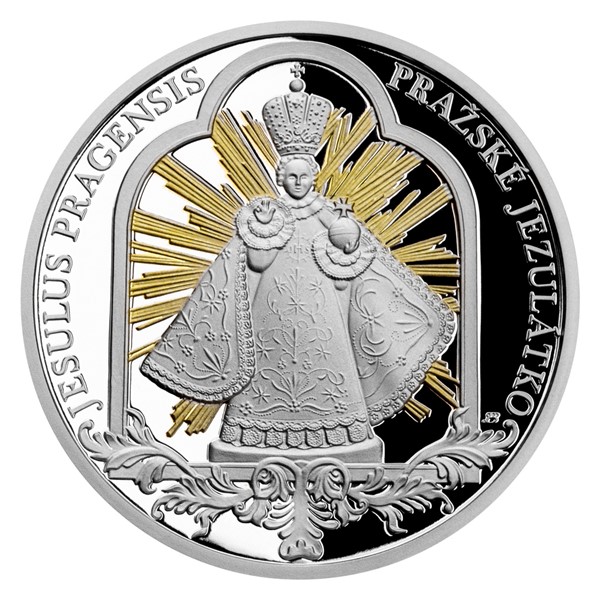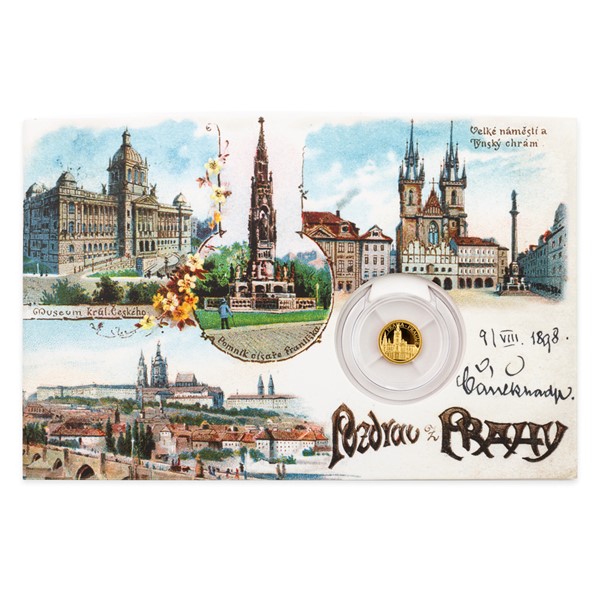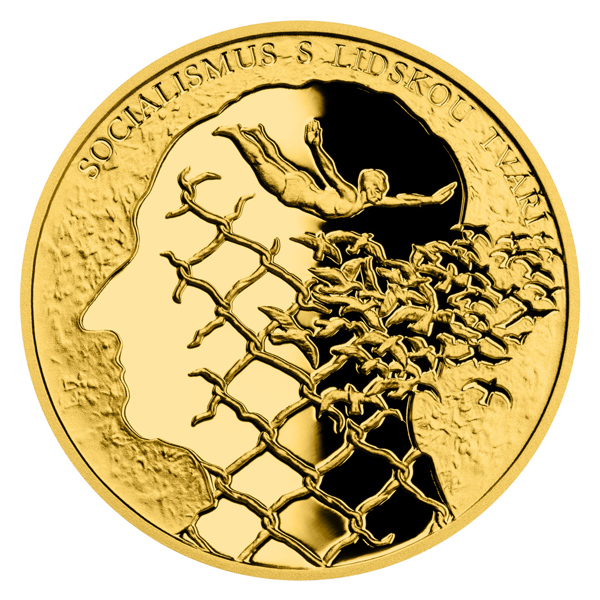Best Reasons On Janvier Processing Prague Mint Coins
Wiki Article
How Do You Create A Plaster Cast To Represent A Gold Medal Or Coin?
Making a mold of plaster or "maquette" that is based on a gold coin or medal design is a process that involves a number of steps to convert the two-dimensional model into a three-dimensional physical representation. The initial Design Reference- The artist or designer takes the gold coin or medal design as a source of reference. The design could be developed in digital form or using graphics design software. It could be drawn by hand as a sketch. You can also use other materials like clay or wax.
Plaster preparation- Water is added to the plaster to make it more workable. It is crucial that the mix is smooth with no lumps and uniform to create a mold.
Base Creation- To create the maquette the maquette, a platform or base must be created. This base could be a wooden board or flat surface that offers stability.
The sculpting process involves shaping the Maquette- Using the design of gold as a reference, the artist begins sculpting the design onto the plaster. The process involves shaping the plaster into relief, or a three-dimensional rendition of the coins or medals.
Detailing and Refinement - The artist adds details that refine the contours of the image and ensures the accuracy of proportions and design elements. This stage requires precision and a keen eye for the finer details.
Giving time to set and dry- Once the sculpting process is done, the plaster must be allowed to set and dry. This allows the maquette hardening and retaining its shape.
After drying the maquette, it is finished and smoothed to remove any bumps, imperfections or rough spots.
Sealing and Preserving - To preserve and preserve the maquette, and also to prepare it for other processes like scanning and molding, apply a protective or sealant layer on the surface.
The plaster maquette is a 3D, tangible representation of the design for a gold coin or medal. It serves as a reference point for further stages in the production process including scanning for digital replication, making molds for mass production, or as a model for artists to visualize and refine the design prior to final production. Read the top Prague Mint gold coins plaster molds site info. including buy gold silver, silver double eagle coin, ebay gold coins, one ounce gold bullion, silver price jm bullion, gold and coin near me, golden dime, gold eagle coin, american eagle gold coin price, ngc grading and more.

Why Does A Gold Coin Or Medal Dies Undergo The Process Of Hardening By Vacuum?
Vacuum hardening is a procedure that involves exposing dies extreme temperatures and a controlled environment in furnaces. This is a brief description of the process of vacuum hardening.
Dies used to create coins or medals are prepared by ensuring that they are clean and free from any contaminants or residues.
Loading into Vacuum Furnace
The dies are placed inside a vacuum furnace, which is a specially designed heat-treating chamber that can create a vacuum environment.
Evacuation of Air-
The vacuum furnace filters the air inside the chamber, creating an uncontrolled vacuum, free of any oxygen or other gases. This ensures uniform heating and prevents the oxidation process from occurring.
Heating Phase
The furnace is heated to the temperature required for the hardening of dies. The range of temperatures is determined by the material being used and the process of hardening.
Soaking at high temperatures
The dies will be kept at an elevated temperature for the exact duration required to ensure the material is able to reach and maintain the required hardness.
Cooling and Quenching
After the soaking process it is possible to quickly cooled by using special methods. The rapid cooling process locks in the desired hardness and strength of the material.
Tempering (Optional).
In certain cases the process of tempering may occur after the process of hardening. Tempering is the process of heating dies to a lower temperature in order to relieve stress while maintaining toughness.
Quality Control and InspectionQuality Control and Inspection
The molds that are hardened are checked and verified to ensure that the dies are in compliance with the requirements.
Post-Treatment Handling-
The dies are then polished or coated, and are used to make coins or medals.
The vacuum hardening method increases the durability of dies, wear resistance, as well as the longevity of the dies used to create gold or silver coins and medals. Through the creation of a controlled atmosphere free of atmospheric pollutants This process guarantees the consistent and reliable hardening of dies, which improves the durability and quality of the finished products. Check out the most popular vacuum hardening Prague Mint gold coins blog tips including 1933 double eagle, krugerrand coin, chinese coins, five dollar gold piece, gold bullion price today, cheerios sacagawea dollar, 1 ounce gold, $20 gold piece, $5 gold coin, gold and bullion and more.

Why And How Are Some Types Of Finishes, Such As The Matte Or Textured Surfaces, Achieved Using Sandblasting?
Sandblasting is a powerful method for creating rough or matte surfaces on silver or gold coin and medals. Why and how is this method used?
Surface preparation- The metal or coin is placed inside an enclosure or chamber with a nozzle connected to an air compressor. The abrasive materials are often located within the chamber.
Abrasive Material Selection - Fine particles of abrasive material, such as sand, silicon carbide, glass beads, or aluminum oxide, are thrust on the surface of the medal or coin with high velocity.
High-Pressure System- The abrasive powders are propelled on the surface using compressed air, or other high-pressure systems. The texture or finish is determined by the force and speed at which particles strike the surface.
Texture Creation: The force from the abrasive grains on the surface results in the appearance of a matte or textured by altering the topography the surface. The process may be used to selectively roughen certain areas, or create an even texture throughout the entire surface.
Sandblasting can be controlled in terms of intensity, duration and angle adjusted to create various textures or finishes. Different abrasives or pressure levels produce different results.
Sandblasting is a reason why it's done
Texture variation- Sandblasting can produce a variety of different textures and finishes such as smooth and grainy, frosted, or smooth surfaces. This can add visual interest to medals or coins.
Enhances the aesthetics of a surface - Sandblasting can alter the appearance of the surface as well as diffuse light reflection and reduce shine. This can enhance the coin or the medal's aesthetic appeal. Matte finishes, for example, may highlight specific design elements by reducing reflections and glare.
Anti-Glare Property - Sandblasting produces smooth or matte surfaces that lessen reflections, glare and makes the medal or coin more appealing.
Contrasting design elementsSandblasting may create contrast between the polished and textured elements of a medal or coin. This allows you to draw attention to particular features or to add visual depth.
Customization and Creativity- Sandblasting allows for customization, allowing for artistic expression and the creation of coins or medals with unique designs or textures that are customized to meet specific design specifications.
Sandblasting is a versatile technique used to create various surface finishes or textures on gold-plated coins and medals, contributing to their aesthetics, appearance, and overall design. Check out the top sandblasting Czechoslovakia gold coins website info. including five dollar gold piece, price for one ounce of gold, 50 dollar gold piece, liberty gold coin, twenty dollar gold coin, 1 oz gold eagle, gold coins for sale near me, 1936 olympics jesse owens, 1 oz gold coin, gold bullion and more.

Why And How Are Certain Gold Medals Or Coins Modified To Give Them An Aged Or Antique Appearance?
It could be performed for a variety of reasons like historical value, aesthetics, or collector desire. Here's the process and how it's accomplished. Processes for creating an Antique Appearance
Chemical patination: Chemical treatments with acid-based or acid-based substances to create patina is applied to the surface of a medal or a coin. The solutions used create a controlled level of oxidation or tone that gives the look of a vintage or aged coin. This is a great way to emphasize design elements and create depth.
Artificial Aging Mechanical or chemical methods can be employed to simulate the natural wear that occurs with time. Abrasive treatment or tools may cause wear or scratches to create a more aged look.
Staining or ToningToning - The surface is stained or toned using heat or special solutions. This can be replicated by the discoloration, toning, and fading that happens naturally over time.
Buffing and polishing techniques Certain areas are chosen to be polished or buffed to remove surfaces and highlight. This produces contrast and gives the appearance of wear and aging.
Why should you create an antique appearance
The antique look is attractive to some collectors and enthusiasts. The aged look adds character, depth, and uniqueness to the design, which makes it visually stunning.
The value of history or commemorative value Coins and medals commemorating historic events or periods may undergo aging to create a sense authenticity from the past or to imitate coins from an era.
Antique coins and medals are more desirable. Collectors who are looking for exclusive or limited edition items typically prefer antique tokens or coins. Antiqued looks can increase their value as collectibles and valuable.
Highlighting Design Details The effects of ageing can highlight the exquisite details of the design, through creating contrasts in areas of the design that are recessed and raised. This enhances the visual appeal of the design.
Artistic Expression: Minting authorities or artist can use aging technique as a means of expression artistically to enhance the narrative, depth, or symbolic.
The purposeful choice of achieving an antique look for gold coins or medals can be a way to invoke nostalgia, generate visual interest or convey a feeling of history. But, it is crucial to balance the aesthetic effect with maintaining the coin's intrinsic value and authenticity. Follow the best antique finish of Prague Mint gold medals more tips. including 20 dollar coin, american buffalo coin, buy coin gold, american eagle gold coin 1 oz, gold dollar coin, 50 dollar gold coin, apmex gold, gold coins, 1999 gold quarter, canadian gold maple leaf and more.
